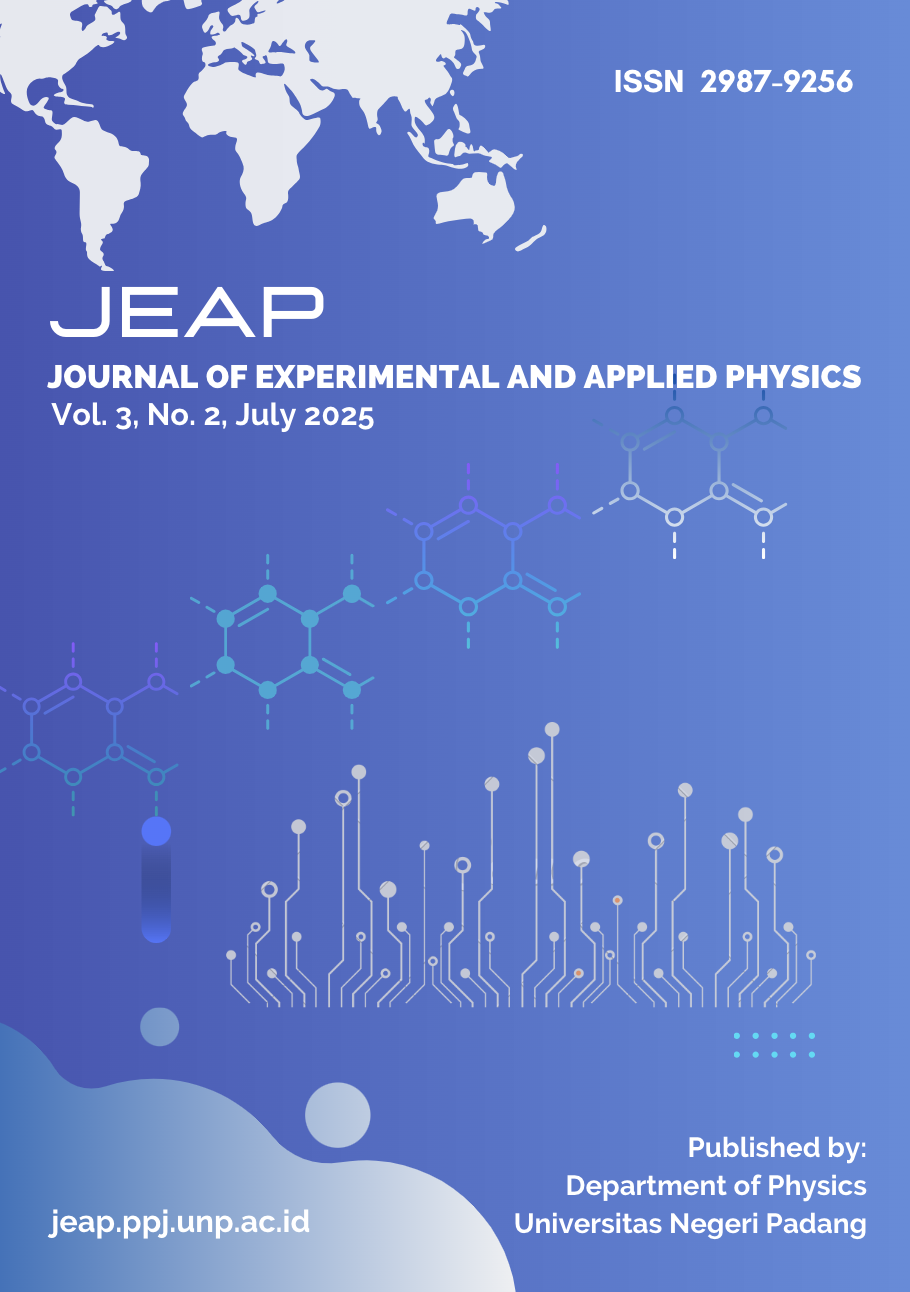Using Sensors with Internet of Things for Landslide Detection System: A Systematic Literature Review
DOI:
https://doi.org/10.24036/jeap.v3i2.103Keywords:
Landslide, Internet of Things (IoT), Early Warning System, Systematic Literature Review (SLR)Abstract
Landslides are among the most common natural disasters in regions with high rainfall and unstable geological conditions. To improve the effectiveness of mitigating this disaster, various Internet of Things (IoT)-based early detection systems have been developed. This research uses Systematic Literature Review (SLR) approach to analyze various sensor technologies and IoT in landslide monitoring system. Based on the analysis, it was found that soil moisture sensor, accelerometer, and piezometer are the most commonly used technologies in the monitoring system. Soil moisture sensors measure the moisture content in the soil, accelerometers detect unstable soil movement, while piezometers measure soil pore pressure. In addition, communication technologies such as LoRa-WAN and Narrowband-IoT (NB-IoT) enable real-time data transmission with low power consumption and wide coverage. The results show that the use of IoT technology can improve the accuracy of landslide early detection. However, there are still some major challenges in implementing this system, mainly related to the limited network infrastructure in remote areas and the relatively high cost. Therefore, this research recommends the development of a more efficient early detection system, adaptive to extreme environmental conditions, and considering integration with artificial intelligence technology to improve prediction and response to potential landslides. Thus, IoT-based detection systems can contribute significantly to landslide mitigation and risk reduction efforts
Downloads
Published
How to Cite
Issue
Section
License
Copyright (c) 2025 Sarah Meliana Fitri, Asrizal

This work is licensed under a Creative Commons Attribution-ShareAlike 4.0 International License.




 Journal of Experimental and Applied Physics
Journal of Experimental and Applied Physics